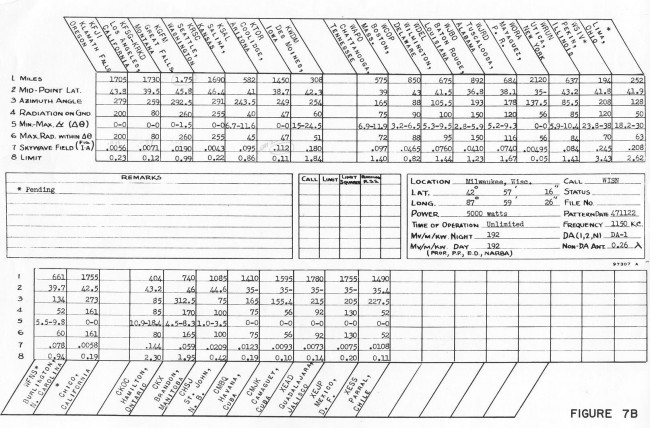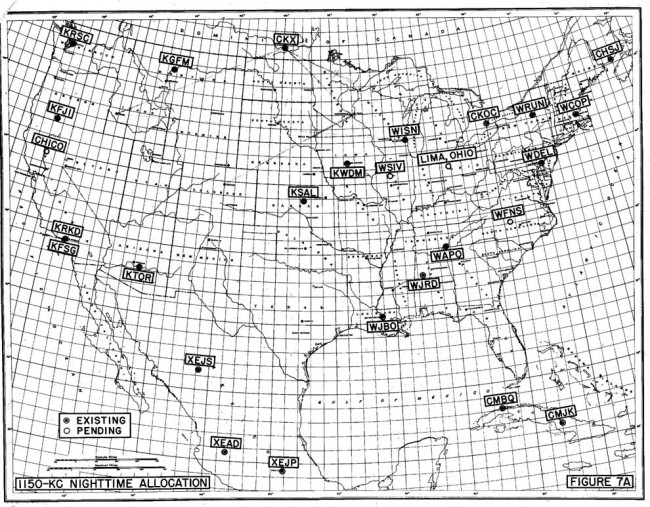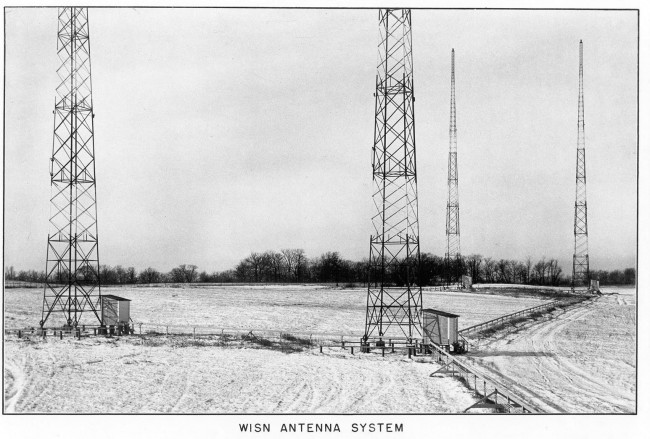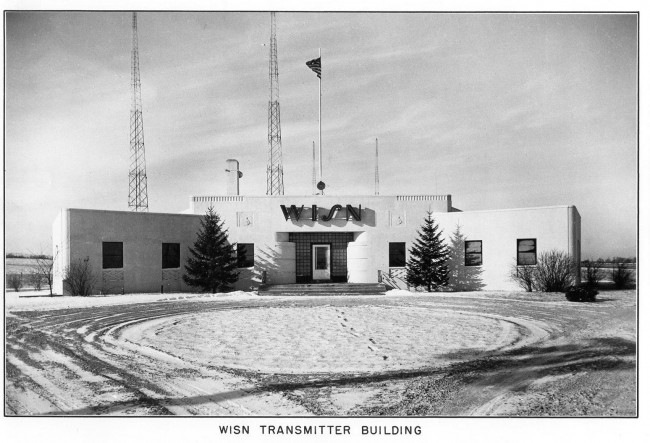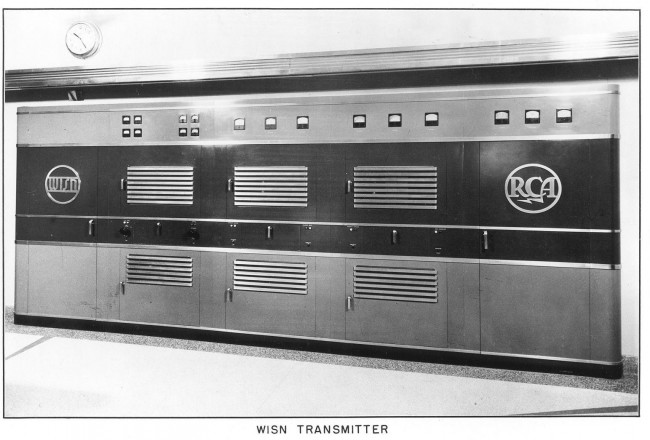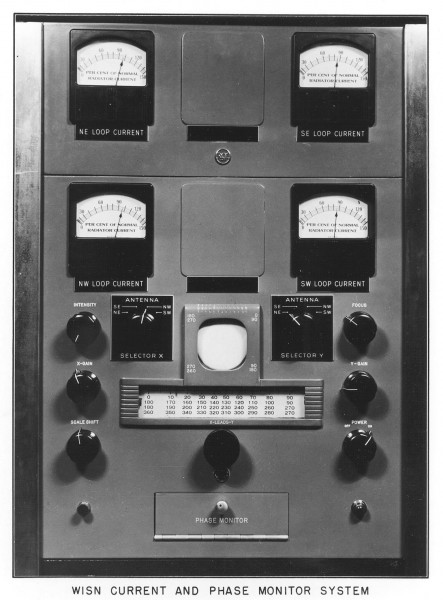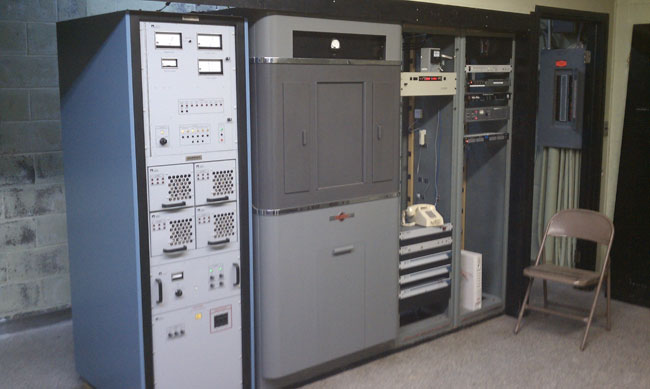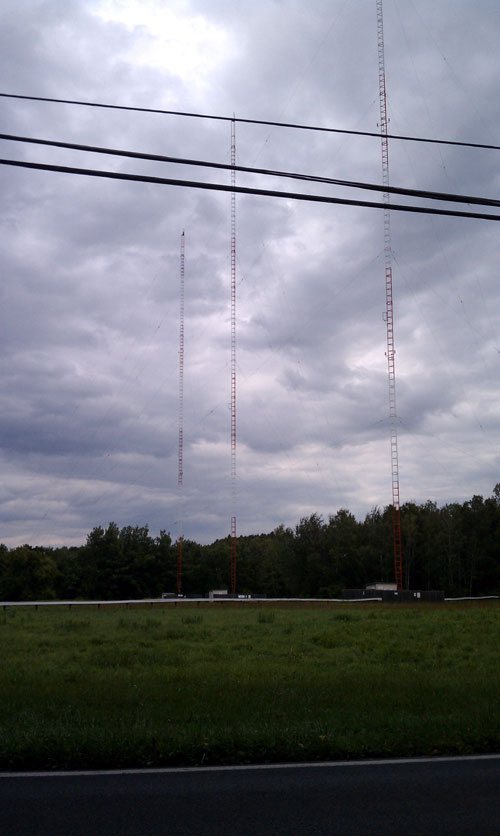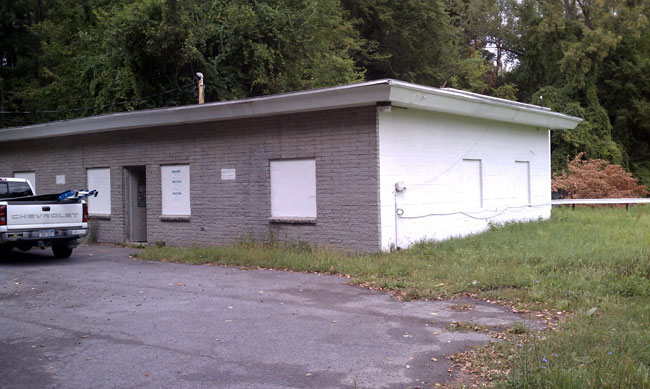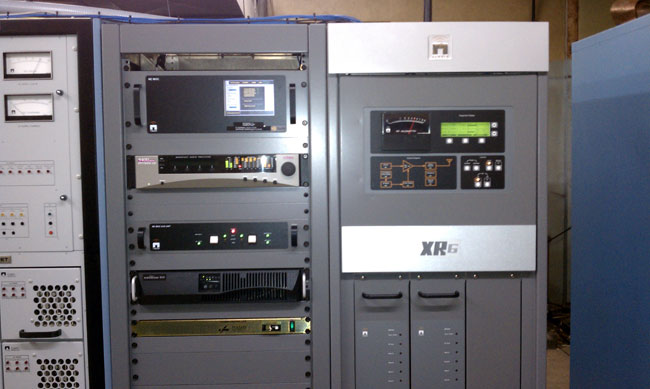I started my radio career working in HF radio, albeit somewhat different than broadcasting. I enjoy the long-distance aspect of HF communications and there is something about the high-power shortwave (HF) rigs that interest me. This is a video of a Continental 418E HF transmitter. The carrier power is 100 KW capable of 100% modulation, which means the peak output power is 400 KW. This particular model has a solid-state modulator, which is in the cage where the guy is walking around. From the video, it would appear they had several blown fuses in the modulator section. The fuses protect the individual IGBTs in the modulator.
This is an older transmitter that is getting upgraded to a 418F. The heavy cable is the connection between the solid-state modulator and the RF final section. Depending on modulation levels, it carries around 33 KV.
From the Continental Electronics website that details the SSM unit:
The modulator consists of 48 series connected modules which are switched on or off to provide the high voltage DC and the superimposed high level audio voltage. The switching is accomplished with Insulated Gate Bipolar Transistors (IGBT). A low pass filter follows the series connected modules which removes the switching signals and allows the DC and audio signals to pass to the RF amplifier. Because each of the modules is either in full conduction with very low loss, or turned off, again with very low loss, the overall modulator efficiency is in excess of 97%.
A full description of the SSM is on the Continental Electronics SSM website. It is an interesting read, including the description of the 12-phase transformer setup.
Finally, a video of the VOA transmitter site in Greenville, NC.
This is part 4 of 5, if one wanted to, one could click through to Youtube and watch the rest of them. The VOA stuff is, as the transmitter engineer notes, 1950s technology. No solid state modulators in these rigs. Those are some old transmitters, still in service and likely to remain that way until the VOA closes that site down, at some point in the future.
Like their FM counterparts, Continental HF transmitters are the gold standard when it comes to high-power tube transmitters. Sadly, they no longer make transmitters for Standard Broadcast (AM MW).

